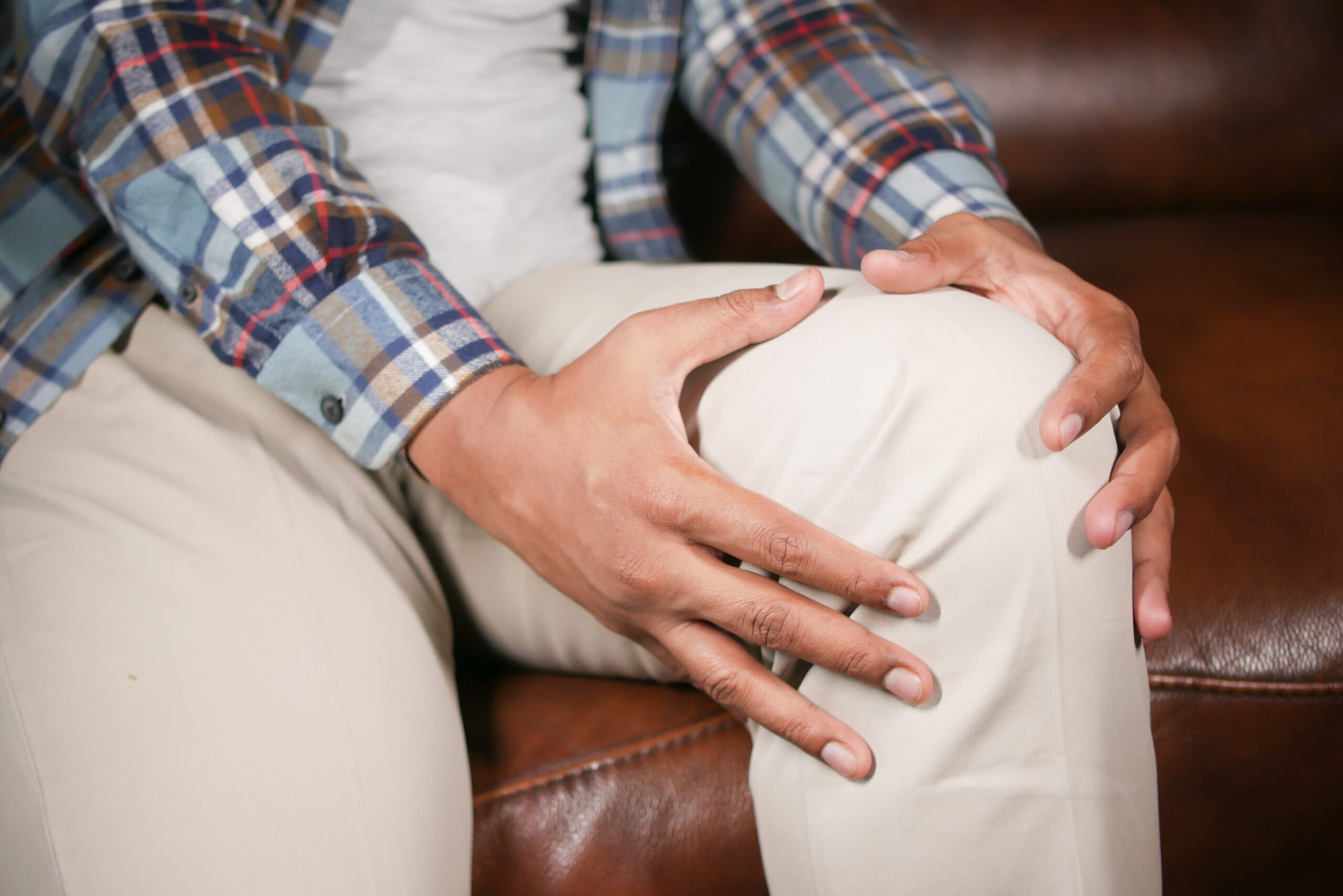Knee Pain Tips
Knee pain is a common problem that can affect people of all ages. Whether it’s due to an injury, arthritis, or overuse, knee pain can be frustrating and make it difficult to perform daily activities. Fortunately, there are a number of tips you can follow to manage knee pain and improve your quality of life. In this article, we’ll explore some of the most effective tips for managing knee pain.
- Keep Moving
It may seem counterintuitive, but one of the best things you can do for knee pain is to keep moving. Regular exercise can help strengthen the muscles surrounding the knee joint, which can provide added support and reduce pain. Low-impact exercises like walking, cycling, and swimming are great options for people with knee pain. You can also work with a physiotherapist to develop a personalized exercise plan that targets your specific needs.
- Use Heat or Cold Therapy
Heat and cold therapy can also be effective in managing knee pain. Applying a heat pack or taking a warm bath can help soothe sore muscles and joints. Cold therapy, on the other hand, can help reduce inflammation and swelling. You can use an ice pack or a bag of frozen vegetables wrapped in a towel for cold therapy.
- Wear Supportive Footwear
Wearing supportive footwear can also help reduce knee pain. Look for shoes with good arch support and cushioning. Avoid high heels and shoes with a narrow toe box, as these can put added pressure on the knees. If you’re unsure which type of footwear is best for you, consider consulting a podiatrist or physiotherapist for guidance.
- Maintain a Healthy Weight
Maintaining a healthy weight is important for reducing knee pain. Excess weight puts added stress on the knee joint, which can exacerbate pain and inflammation. By maintaining a healthy weight, you can reduce pressure on the knees and improve overall joint health.
- Try Acupuncture
Acupuncture is a traditional Chinese medicine technique that involves the insertion of small needles into specific points on the body. Many people find acupuncture to be an effective way to manage knee pain. The needles stimulate nerve endings, which can trigger the release of natural pain-relieving chemicals in the body. If you’re interested in trying acupuncture for knee pain, be sure to consult a licensed acupuncturist.
- Practice Yoga
Yoga is another effective way to manage knee pain. Certain yoga poses can help improve flexibility, reduce inflammation, and strengthen the muscles surrounding the knee joint. Look for yoga classes that focus on gentle, low-impact poses that are safe for people with knee pain.
- Consider Physical Therapy
Physical therapy can also be effective in managing knee pain. A physiotherapist can develop a personalized treatment plan that includes exercises to strengthen the muscles surrounding the knee joint, as well as manual therapy to reduce pain and inflammation. Physical therapy can also help improve mobility and range of motion in the knee joint.
Conclusion
Knee pain can be a frustrating and debilitating condition, but there are a number of effective tips for managing pain and improving your quality of life. By keeping moving, using heat or cold therapy, wearing supportive footwear, maintaining a healthy weight, trying acupuncture, practicing yoga, and considering physical therapy, you can find relief from knee pain and improve your overall joint health. If you’re struggling with knee pain, be sure to consult a healthcare professional for guidance. And if you’re in need of top-quality physiotherapy services, be sure to check out Tvastacare – our experienced and compassionate team is here to help you achieve your goals!






